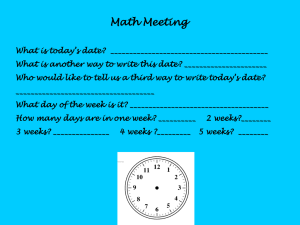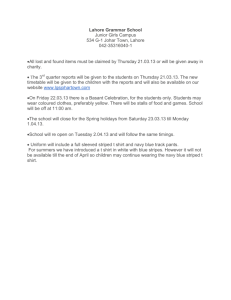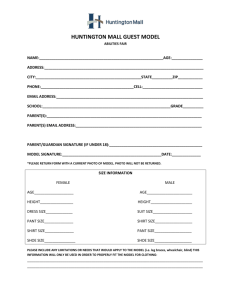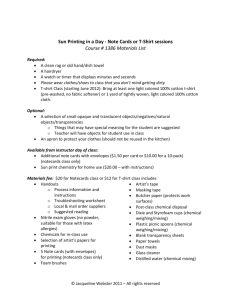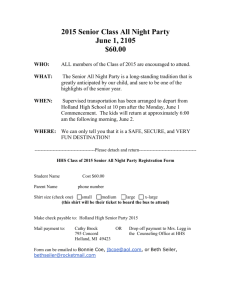Compare & Contrast Essays - Student Academic Success Services
advertisement
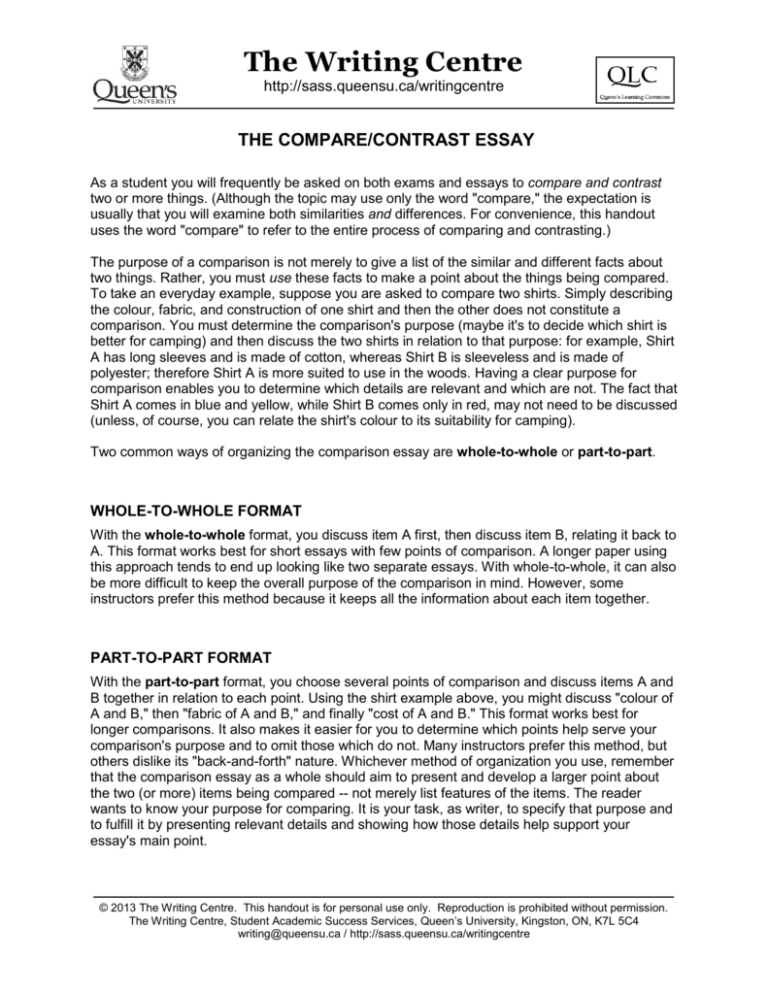
The Writing Centre http://sass.queensu.ca/writingcentre THE COMPARE/CONTRAST ESSAY As a student you will frequently be asked on both exams and essays to compare and contrast two or more things. (Although the topic may use only the word "compare," the expectation is usually that you will examine both similarities and differences. For convenience, this handout uses the word "compare" to refer to the entire process of comparing and contrasting.) The purpose of a comparison is not merely to give a list of the similar and different facts about two things. Rather, you must use these facts to make a point about the things being compared. To take an everyday example, suppose you are asked to compare two shirts. Simply describing the colour, fabric, and construction of one shirt and then the other does not constitute a comparison. You must determine the comparison's purpose (maybe it's to decide which shirt is better for camping) and then discuss the two shirts in relation to that purpose: for example, Shirt A has long sleeves and is made of cotton, whereas Shirt B is sleeveless and is made of polyester; therefore Shirt A is more suited to use in the woods. Having a clear purpose for comparison enables you to determine which details are relevant and which are not. The fact that Shirt A comes in blue and yellow, while Shirt B comes only in red, may not need to be discussed (unless, of course, you can relate the shirt's colour to its suitability for camping). Two common ways of organizing the comparison essay are whole-to-whole or part-to-part. WHOLE-TO-WHOLE FORMAT With the whole-to-whole format, you discuss item A first, then discuss item B, relating it back to A. This format works best for short essays with few points of comparison. A longer paper using this approach tends to end up looking like two separate essays. With whole-to-whole, it can also be more difficult to keep the overall purpose of the comparison in mind. However, some instructors prefer this method because it keeps all the information about each item together. PART-TO-PART FORMAT With the part-to-part format, you choose several points of comparison and discuss items A and B together in relation to each point. Using the shirt example above, you might discuss "colour of A and B," then "fabric of A and B," and finally "cost of A and B." This format works best for longer comparisons. It also makes it easier for you to determine which points help serve your comparison's purpose and to omit those which do not. Many instructors prefer this method, but others dislike its "back-and-forth" nature. Whichever method of organization you use, remember that the comparison essay as a whole should aim to present and develop a larger point about the two (or more) items being compared -- not merely list features of the items. The reader wants to know your purpose for comparing. It is your task, as writer, to specify that purpose and to fulfill it by presenting relevant details and showing how those details help support your essay's main point. © 2013 The Writing Centre. This handout is for personal use only. Reproduction is prohibited without permission. The Writing Centre, Student Academic Success Services, Queen’s University, Kingston, ON, K7L 5C4 writing@queensu.ca / http://sass.queensu.ca/writingcentre
